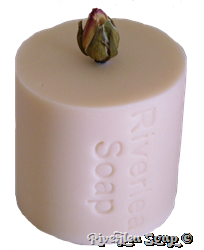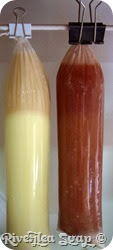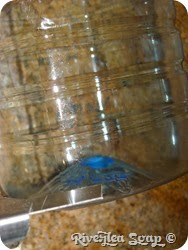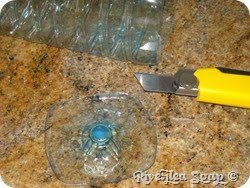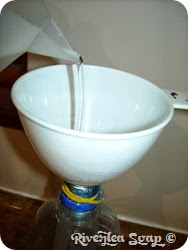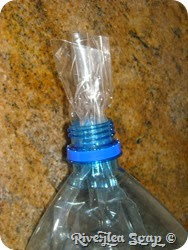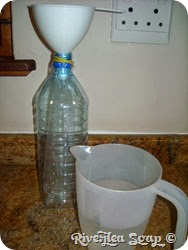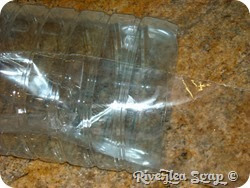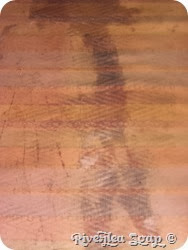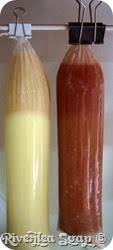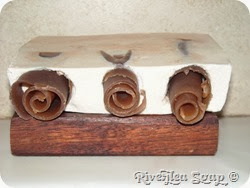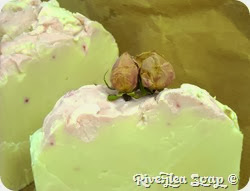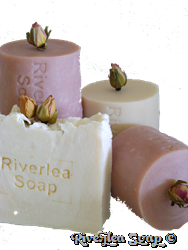
Last week I posted part 1 of this little journey. The two biggest problems in this exercise, in my experience, were wastage and inability to hold the slippery bag while trying to tie the elastic band. So a cunning plan was born. Firstly I had to make the bottom of the bag take on the rounded shape and lose it’s corners. I put a round bottle into the bag and taped the corners so that it rested with a flat base. Then I took an old lotion bottle, cut the bottom off and inserted the neck of the bottle into he plastic bag and taped the bag to the bottle. Next I cut holes in the sides of the bottle and slid a plastic swizzle stick into the holes. I then put elastic around either side of the swizzle stick and hooked it onto a rod suspended over my lab sink. Very complicated. All ready to go! I got kitted up in my safety gear and I made the soap mix again as per normal Cold process soap and got ready to pour. I couldn’t take the chance that the sink was good enough so I also put a jug under the bag – in case! What was I thinking? I must have jinxed it – that bag SPLIT. 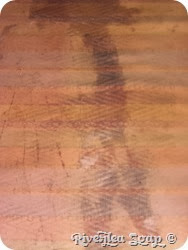
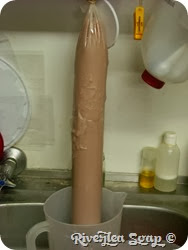
Good thing I was prepared so I ripped off the broken -bag and re-taped a new one and was ready to go again.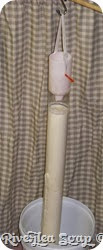
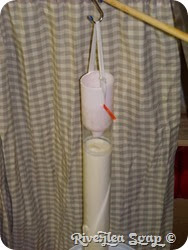
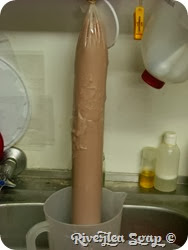
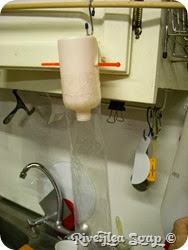
This time I changed the position of the elastic, hook and rod. The bag had a small hole in it but fortunately the soap was really thick so it plugged the hole fairly quickly. I definitely had MUCH less wastage due to the shaped base and no creasing on top. I am still not convinced that this is easier. The stress is too much to handle wondering if the bag will split and the rounds are not as round as I would like. So I am still on the hunt for an easy way to make round soaps. Any hints, tips or ideas would be greatly appreciated.